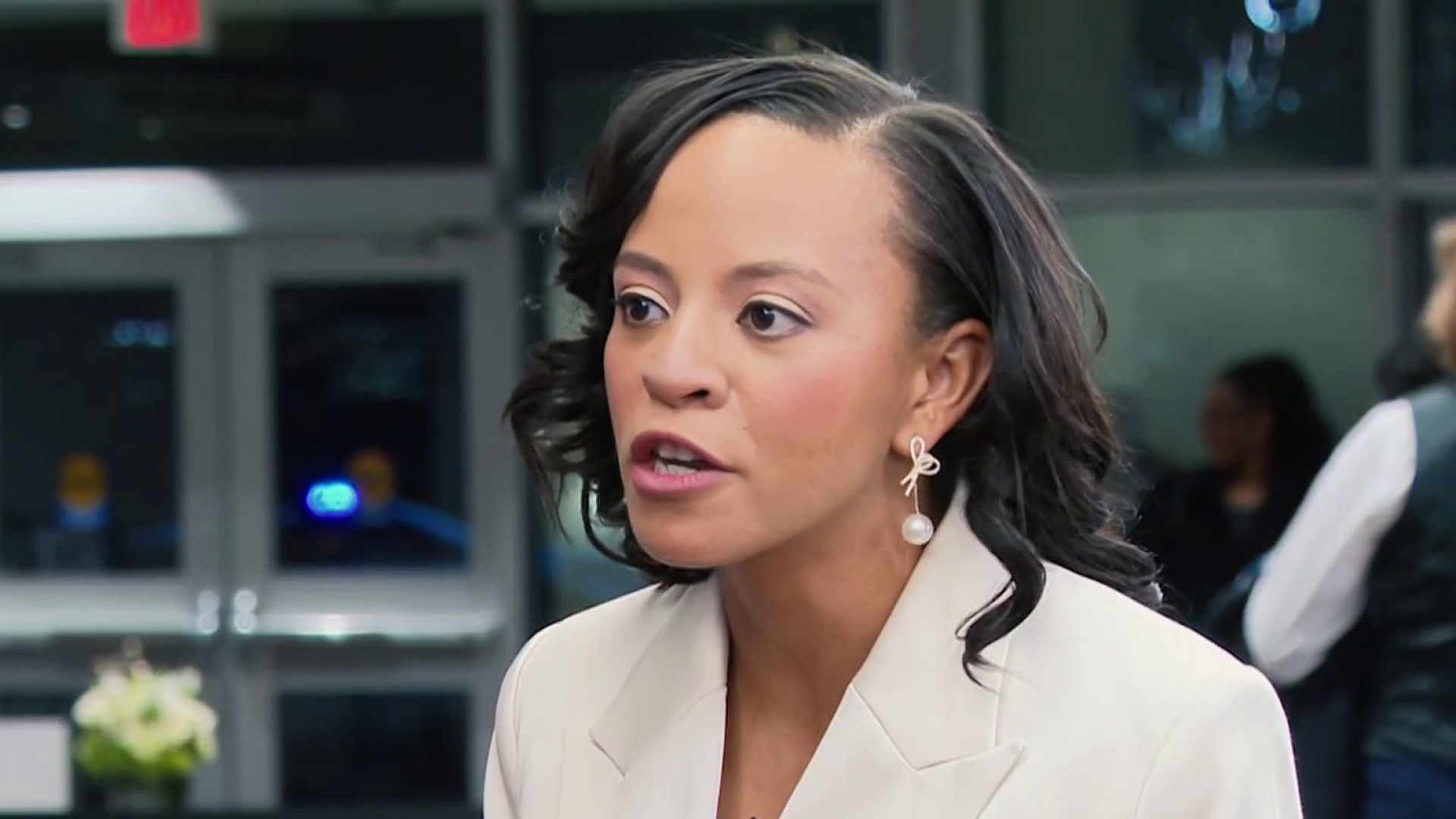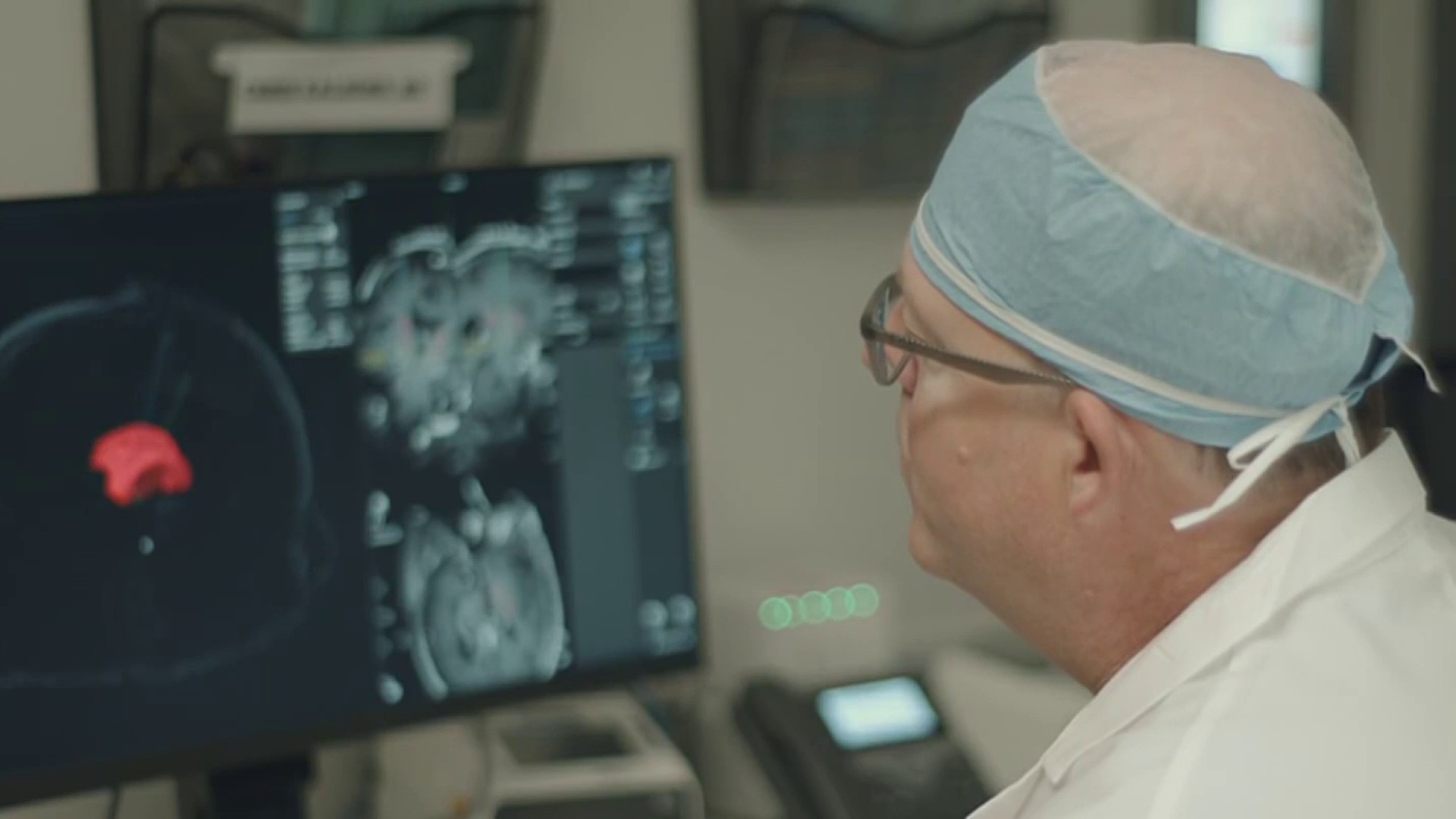Assisting disabled vehicles and responding to roadside emergencies can be a dangerous job for first responders.
Drivers can help protect first responders by obeying "Move Over" laws. Although the District does not have "Move Over" laws, Maryland and Virginia do.
Here's what you should know about the laws:
In Maryland:
The law requires drivers approaching an emergency vehicle displaying emergency lights from the rear to "make a lane change into an available lane not immediately adjacent to the emergency vehicle."
This movement should only be done if another lane in the same direction is available and the move can be made safely without impeding other traffic. If switching lanes is not possible, the law requires drivers to "slow to a reasonable and prudent speed that is safe for existing weather, road and vehicular or pedestrian traffic conditions."
Under Maryland Vehicle Law, emergency vehicles are defined as:
- Vehicles of federal, state or local law enforcement agencies
- Vehicles of volunteer fire companies, rescue squads, fire departments, the Maryland Institute for Emergency Medical Services Systems, and the Maryland Fire and Rescue Institute
- State vehicles used in response to oil or hazardous materials spills
- State vehicles designated for emergency use by the Commissioner of Correction
- Ambulances
- Special vehicles funded or provided by federal, state, or local government and used for emergency or rescue purposes in Maryland
Violation of the "Move Over" Law is a primary offense with a fine of $100 and one point. If the violation contributes to a traffic crash, the fine is $150 and three points. If the violation contributes to a traffic crash resulting in death or serious injury, the fine is $750 and three points.
Local
Washington, D.C., Maryland and Virginia local news, events and information
In Virginia:
The law requires any drivers approaching an emergency vehicle that is displaying flashing, blinking or alternating blue, red or amber lights on a highway to proceed with caution. If possible, drivers should move into a lane not adjacent to the stationary vehicle.
If changing lanes is not possible, drivers should proceed with caution and maintain a safe speed for highway conditions.
Violation of the law is punishable as a traffic infraction. A second or subsequent violation is punishable as a Class 1 misdemeanor.
If the violation results is damage to property of another person the court may order the suspension of the driver's license for no more than one year. If the violation resulted in injury to another person the court may suspend the driver's license for no more than two years. If the violation results in the death of another person, the court may order suspend the driver's license for two years.
More information on the "Move Over" laws can be found on Maryland's Department of Transportation State Highway Administration website and the Virginia State Police website.



